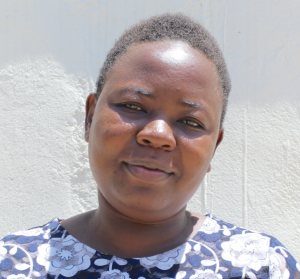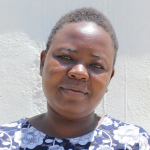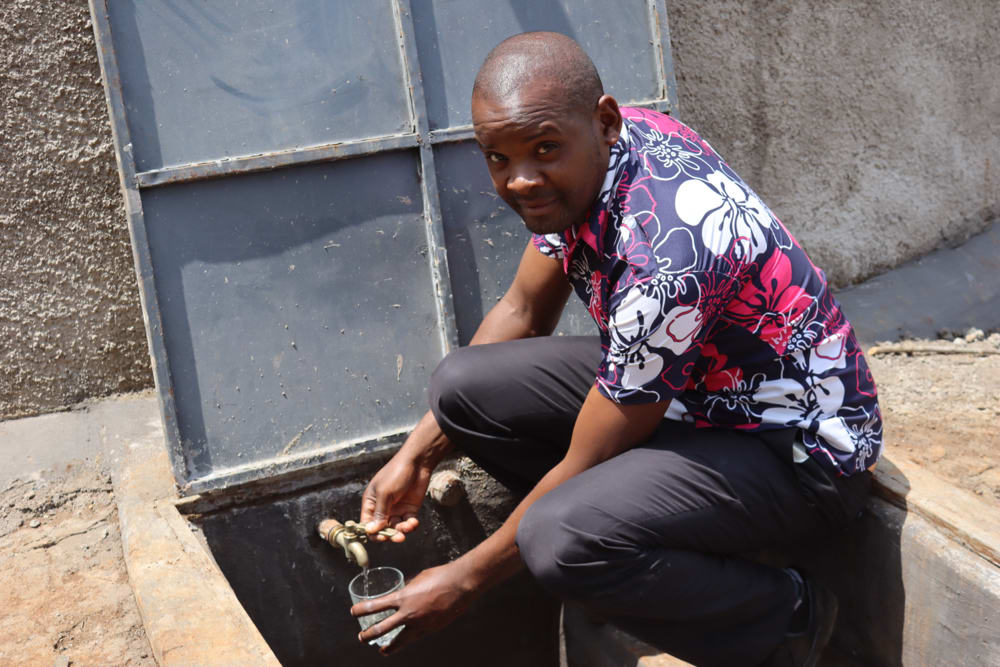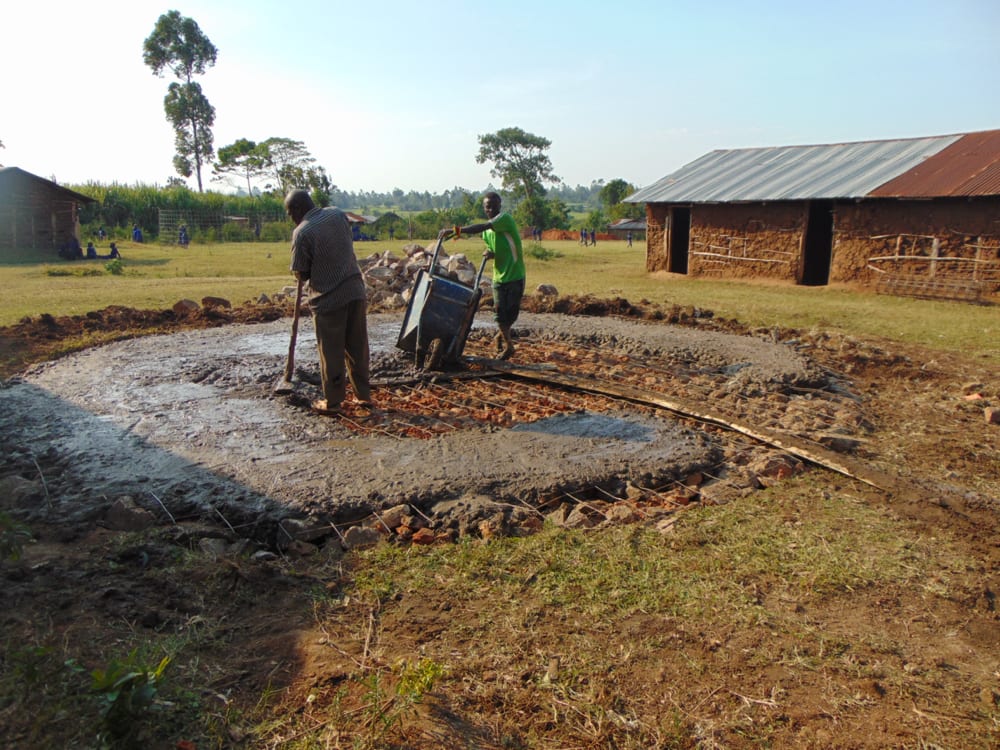Dirty. Muddy. Rushing. Not fit for human consumption. These were the first words that came to mind when we saw the main water source for the 459 students and 15 teachers at Mwikhupo Primary School: the River Lusumu.
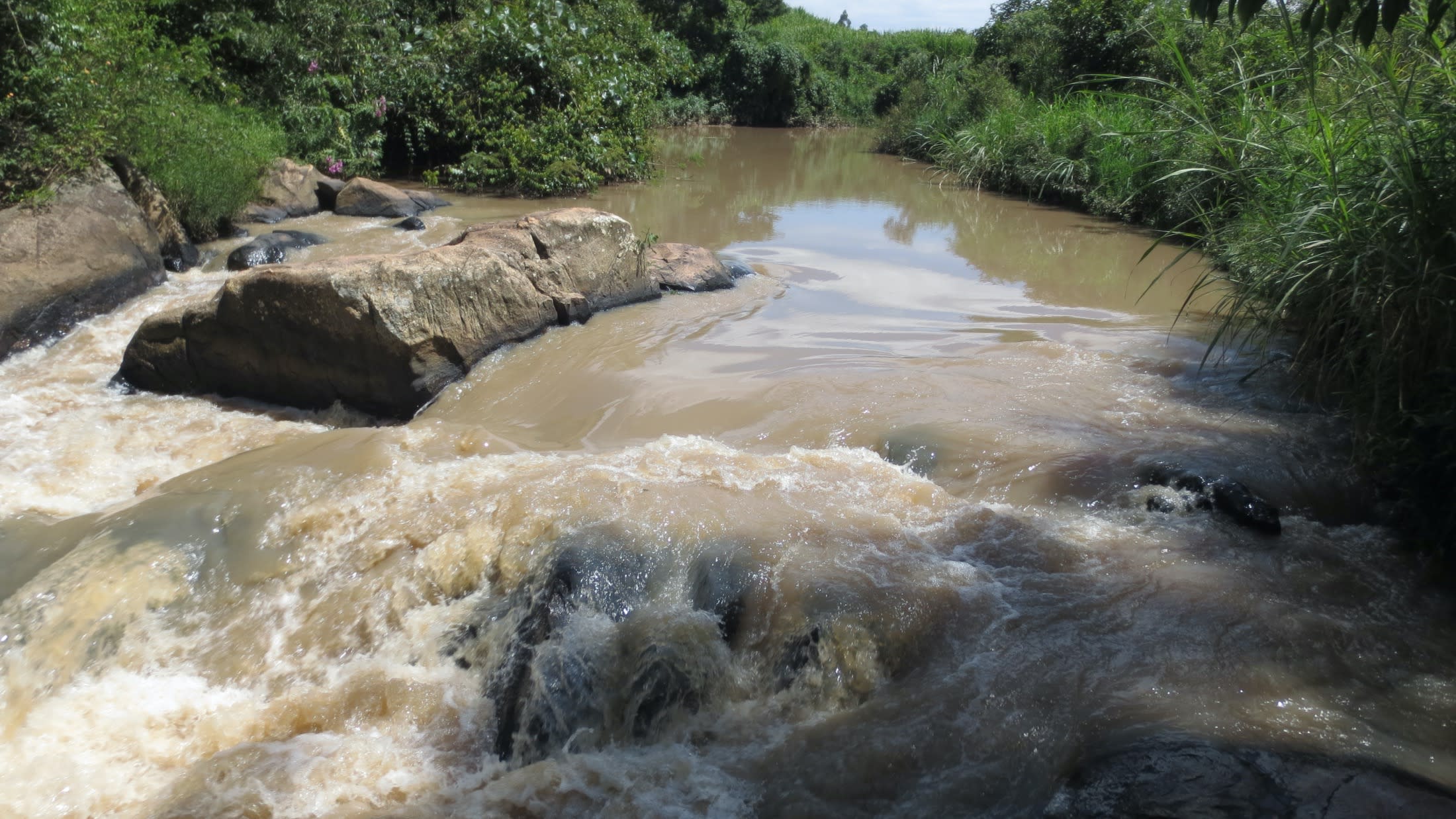
Every day, students arrive at 6:45 am and are sent to the river to fetch water. Without any source of water on campus, this muddy river is the sole source for the entire school's daily drinking, cooking, and cleaning needs. Whenever there is a need for water in the school, the students are sent back out to the river along with the rotating Teacher on Duty. There, students carefully pick their way across slippery rocks in the riverbed to perch at the water's edge while they fill their containers. The water is filled with pollutants from human activity, animal waste, and farming chemicals. When it rains, the river surges and even more contaminants are washed into the water.
"As the head teacher, I have had a hard time when pupils go for water. I often need to sit and pray for them because if anything happens to them, I'm answerable. God has been faithful to have watched over them throughout this time and we are ready to provide anything that you need us to provide [for this project]," said Head Teacher Mr. Simon Indeche.
Given the constant need for water, the interruptions for this necessary task are frequent. This leads to a lot of missed class time for pupils, negatively impacting their academic performance. The walks are long and tiresome, and when students get back to class they are often too tired to focus well.
"At times, we are asked to stop a lesson only to be told that there is no water for the preparation of lunch. We always obey and go, but on the other hand, our study time is wasted leading to poor performance," explained pupil Zipporah.
There are several water filters on school grounds, but they are not capable of keeping up with the demand for drinking and cooking. Consequently, some river water still goes untreated straight into students' cups and kitchen meals. Head Teacher Indeche reported that most pupils complain of stomachaches after drinking the water and that the rate of absenteeism due to water-related infections is very high. Combined with the missed class time from fetching the water, this absenteeism is driving students' performance down.
Due to the water shortage and strict rationing the school must enforce as a result, hygiene and sanitation at Mwikhupo Primary are severely lacking. Latrines and classrooms go uncleaned for long stretches of time, and there are no handwashing stations for pupils to clean their hands. There are just 2 doors of latrines for girls and boys each, none of which have doors. Instead, makeshift banana leaf walls have been put up, but their large gaps and constant deterioration offer little privacy to the pupils. The students are humiliated to be using the toilets so close to one another without any real separation, but they have no other choice.
What We Can Do:
Rain Tank
A 75,000-liter rainwater catchment tank will help alleviate the water crisis at this school. The school will help collect the needed construction materials such as sand, bricks, rocks, and water for mixing cement. We will complement their materials by providing an expert team of artisans, tools, hardware, and the guttering system. Once finished, this tank will begin catching rainfall that will be used by the school’s students and staff for drinking, handwashing, cooking, cleaning, and much more.
We and the school strongly believe that all of these components will work together to improve standards at this school, which will help lead to better student academic performance and will help to unlock the potential for these students to live better, healthier lives.
Handwashing Stations
There is currently nowhere for students to wash their hands after using the latrines or before eating lunch, let alone the water to do so.
The student health club will oversee the 2 new handwashing stations we will provide, and make sure they are kept clean and in working condition. The club leaders will fill the handwashing stations with water daily and make sure they are always supplied with a cleaning agent such as soap or ash.
VIP Latrines
2 triple-door latrine blocks will be constructed with local materials that the school will help gather. 3 doors will serve the girls while the other 3 will serve the boys. All of these new latrines will have cement floors that are designed to be easy to use and to clean. And with a rain tank right on school property, there should be enough water to keep them clean.
Training on Health, Hygiene, COVID-19, and More
We will hold a 1-day intensive training session with students, teachers, and parents. This training will cover a wide range of topics including COVID-19 symptoms, transmission routes, and prevention; personal and environmental hygiene; and the operation and maintenance of the rain tank, latrines, and handwashing stations. There will be a special emphasis on handwashing.
Our team of facilitators will use a variety of methods to train, including participatory hygiene and sanitation transformation, and asset-based community development. We will initiate a student health club, which will prepare students to lead other pupils into healthy habits at school and at home. We will also lead lectures, group discussions, and provide illustrative handouts to teach health topics and ways to promote good hygiene practices within the school including handwashing and water treatment. We will then conduct a series of follow-up trainings before transitioning to our regularly scheduled support visits throughout the year.

 Rainwater Catchment
Rainwater Catchment
 Rehabilitation Project
Rehabilitation Project












